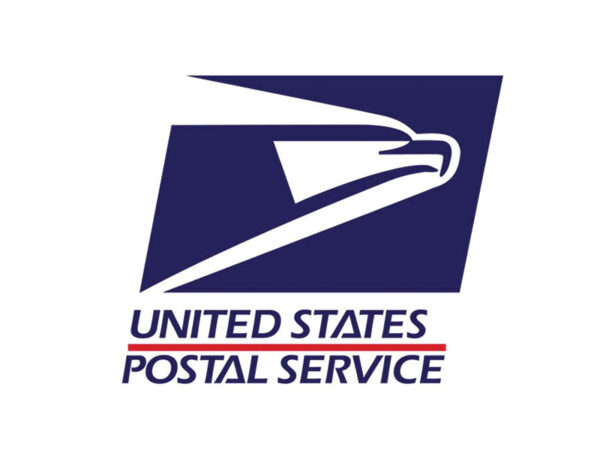In today’s digital age, scammers have become increasingly sophisticated in their attempts to defraud innocent individuals. One prevalent scheme that has gained notoriety is the USPS scam email and spam USPS tracking numbers. These deceptive tactics aim to deceive recipients by impersonating the United States Postal Service (USPS) and manipulating tracking information. In this comprehensive guide us9514901185421 USPS Scam Email and spam usps tracking number, we will delve into the intricacies of this scam, its modus operandi, and how you can protect yourself from falling victim to it.
Understanding the USPS Scam Email
-
What is the USPS Scam Email?
The USPS scam email is a fraudulent message designed to mimic official USPS correspondence. Scammers use various tactics to trick recipients into believing the email is from the USPS, often including the USPS logo and branding to lend an air of authenticity.
-
How Does the Scam Work?
Scammers typically send emails that claim to have important information about a package or delivery. They may allege that there was an issue with the delivery, such as a failed attempt, and request the recipient to click on a link or download an attachment for further details.
-
The Danger of Clicking Links
Clicking on the links provided in these scam emails can lead to malicious websites or initiate the download of malware onto the recipient’s device. This can result in identity theft, financial loss, or the compromise of personal information.
Deconstructing Spam USPS Tracking Numbers
-
What are Spam USPS Tracking Numbers?
Spam USPS tracking numbers are fictitious or invalid tracking codes included in scam emails. Scammers use these numbers to create the illusion of a legitimate USPS package in transit.
-
The Purpose of Spam Tracking Numbers
By providing a tracking number, scammers aim to make their emails appear more convincing. Recipients may be lured into believing that a real package is associated with the email and may interact with its contents, putting themselves at risk.
Protecting Yourself from USPS Scam Emails and Spam Tracking Numbers
-
Verify the Sender’s Email Address
Always check the sender’s email address for authenticity. Legitimate USPS emails will typically come from “@usps.com” addresses. Be cautious of misspelled or suspicious email domains.
-
Hover Over Links
Before clicking on any links, hover your mouse over them to preview the destination URL. Ensure that the URL matches the official USPS website.
-
Do Not Download Attachments
Avoid downloading any attachments from unsolicited emails, especially if you were not expecting a package. USPS does not send important information via unsolicited email attachments.
-
Use Official USPS Resources
When in doubt, visit the official USPS website directly by typing the URL into your browser. Avoid using links provided in emails to access USPS services.
-
Report Suspicious Emails
If you receive a USPS scam email, report it to the USPS and your email service provider. Reporting such emails helps authorities take action against scammers.
Conclusion
In a world where online scams are on the rise, being vigilant and informed is crucial to safeguarding yourself against threats like the USPS scam email and spam USPS tracking numbers. Always verify the authenticity of emails, refrain from clicking suspicious links, and report any fraudulent activity to the appropriate authorities.
Frequently Asked Questions (FAQs)
- Is the USPS scam email a new phenomenon?
No, the USPS scam email has been around for some time, but scammers continually adapt their tactics to deceive recipients.
- What should I do if I’ve already clicked on a suspicious link in a USPS scam email?
If you suspect that your device may have been compromised, run a thorough antivirus scan and consider changing your passwords.
- Can scammers gain access to my personal information through USPS scam emails?
Yes, scammers can use these emails to trick you into revealing personal information, which they can misuse.
- Are there any telltale signs to identify a USPS scam email?
Look for misspellings, generic greetings, and email addresses that do not match the official USPS domain.
- How can I stay updated on the latest scams and security threats?
You can stay informed by regularly checking the USPS website and following news on cybersecurity.

